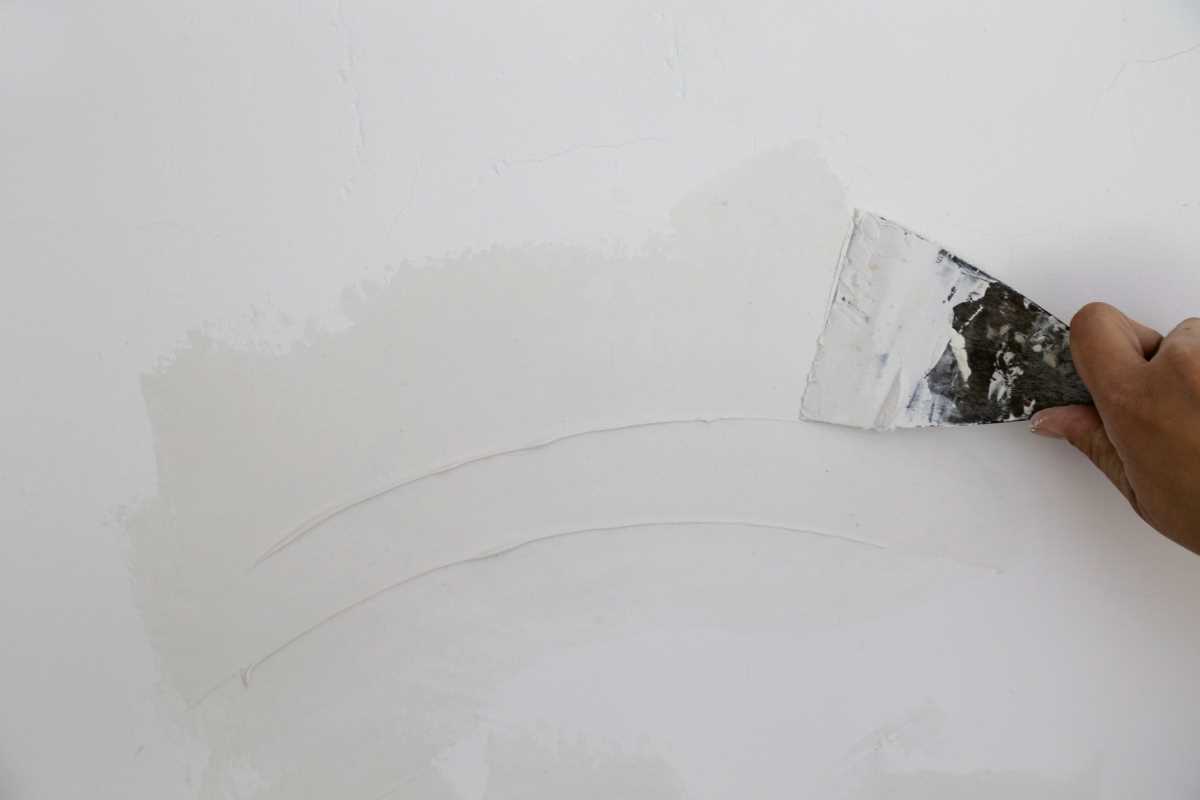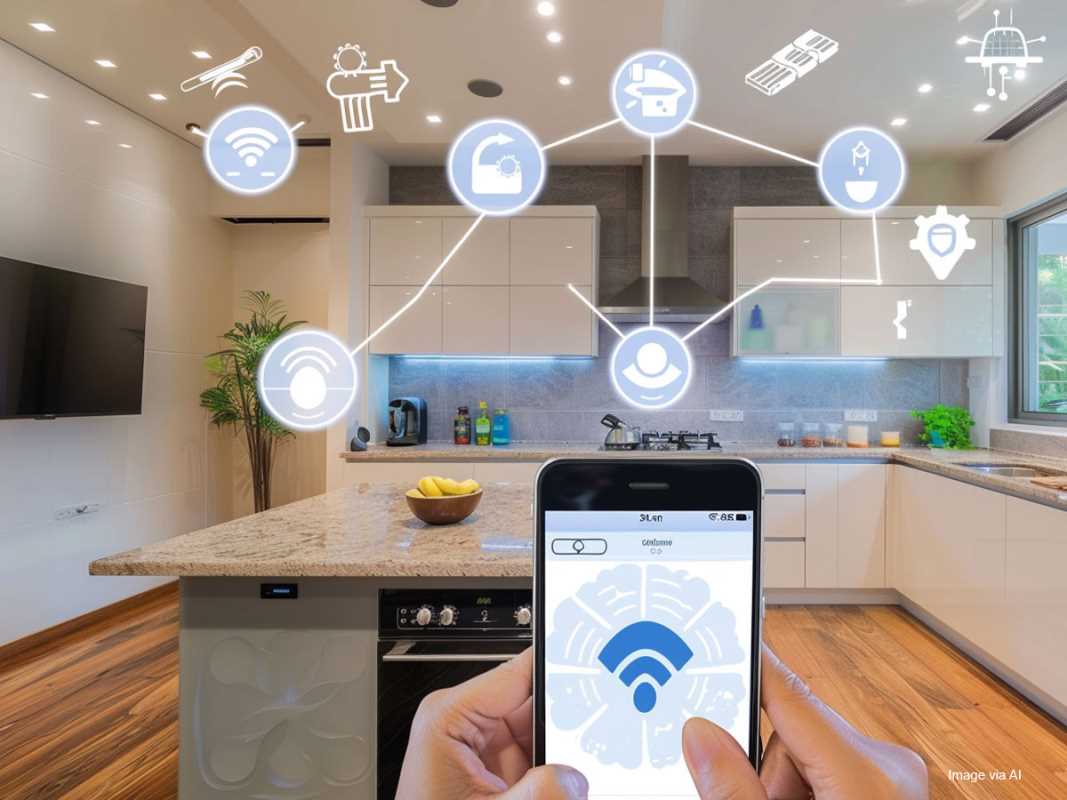When it comes to upgrading your home with smart technology, installing a smart thermostat is a great place to start. Not only does it offer convenience and energy savings, but it also allows you to control your home's temperature remotely. If you're new to the world of smart thermostats, this beginner's guide will walk you through the installation process, ensuring a smooth and successful setup.
Smart Thermostat Compatibility
Before purchasing a smart thermostat, it's essential to ensure that it is compatible with your current HVAC (Heating, Ventilation, and Air Conditioning) system. Most smart thermostats work seamlessly with conventional heating and cooling systems, but it's crucial to check for compatibility with your specific setup.
For instance, if you have a more complex system, such as a heat pump or a multi-stage system, you'll need to find a smart thermostat that explicitly supports these configurations. Additionally, some older homes may have low-voltage systems that are not compatible with certain smart thermostats. To avoid any issues, review the compatibility information provided by the thermostat manufacturer or consult with an HVAC professional before making a purchase.
Gather the Necessary Tools
To install a smart thermostat, you'll need a few basic tools. These typically include a screwdriver, a voltage tester, and possibly a small drill if you need to create new holes for mounting the device. It's also helpful to have some wire labels, which are often included with the thermostat, to keep track of which wires connect to specific terminals.
Most smart thermostat manufacturers provide detailed installation instructions, so be sure to read through them thoroughly before beginning the installation process. Having the right tools on hand and a clear understanding of the steps will make the process smoother and prevent any unnecessary delays.
Power Off Your HVAC System
Safety is paramount when working with electrical components, so before you begin installing the smart thermostat, it's crucial to power off your HVAC system at the circuit breaker. This step ensures your safety during the installation process and prevents any electrical mishaps.
Locate the circuit breaker that controls your HVAC system and switch it off. Once the power is off, you can proceed with confidence, knowing that there is no live current running through the system as you work. Double-check that the power is off by trying to turn on the old thermostat; if it doesn’t respond, you’re good to go.
Remove the Old Thermostat
With the power off, you can safely remove the old thermostat from the wall. Start by carefully detaching the faceplate of your old thermostat to reveal the wiring underneath. It's important to take note of where each wire is connected to the terminals on the thermostat.
Use the wire labels that came with your smart thermostat or some masking tape to label each wire according to the terminal it was connected to (e.g., R, W, Y, G). This will help you remember which wire goes where when connecting them to the new smart thermostat and prevent any confusion during the installation.
Install the Smart Thermostat
Now that you've removed the old thermostat and labeled the wires, it's time to install the new smart thermostat. Begin by following the manufacturer's instructions to connect the wires from your HVAC system to the corresponding terminals on the smart thermostat.
Each wire should be inserted into the correct terminal on the thermostat's base, and most smart thermostats will have a specific place for each wire (e.g., R, W, Y, G). Ensure that the wires are securely connected to avoid any issues with the thermostat's functionality. Once the wires are in place, attach the smart thermostat to the wall using the provided screws.
After the thermostat is securely mounted, you can power on your HVAC system at the circuit breaker. The thermostat should light up, and you can proceed with the initial setup on the thermostat's display, following the on-screen prompts to configure your settings.
Download the Smart Thermostat App
Most smart thermostats come with a companion app that allows you to control your home's temperature remotely. After the thermostat is installed, the next step is to download the app on your smartphone or tablet.
The app is a crucial part of the smart thermostat experience, as it enables you to adjust the temperature, create schedules, and monitor your energy usage from anywhere. Follow the instructions provided with your thermostat to connect it to your Wi-Fi network and sync it with the app. Once connected, you'll have full control over your home's climate at your fingertips, whether you're at home or away.
Enjoy the Benefits of a Smart Thermostat
Once your smart thermostat is installed and set up, you can start reaping the benefits of enhanced comfort and energy efficiency in your home. With the app, you can easily adjust the temperature based on your daily schedule, ensuring that your home is always at the perfect temperature when you arrive.
Additionally, many smart thermostats come with energy-saving modes that automatically adjust the temperature when you're not at home, helping to reduce your energy consumption and lower your utility bills. Some smart thermostats also offer features like maintenance alerts, system diagnostics, and energy usage reports, giving you greater insight and control over your HVAC system.
Another advantage of smart thermostats is their compatibility with other smart home devices, such as voice assistants like Amazon Alexa or Google Assistant. This allows you to control your thermostat using voice commands, adding another layer of convenience to your smart home setup.
A Smarter Home Begins with a Smarter Thermostat
Installing a smart thermostat is a straightforward process that can significantly enhance your home's comfort and energy efficiency. By following this beginner's guide, you'll be well on your way to enjoying the convenience and savings that come with smart technology.
Not only will you have greater control over your home's climate, but you'll also contribute to a more energy-efficient household. Take the first step towards a smarter home by installing a smart thermostat today and start enjoying the many benefits it offers.







